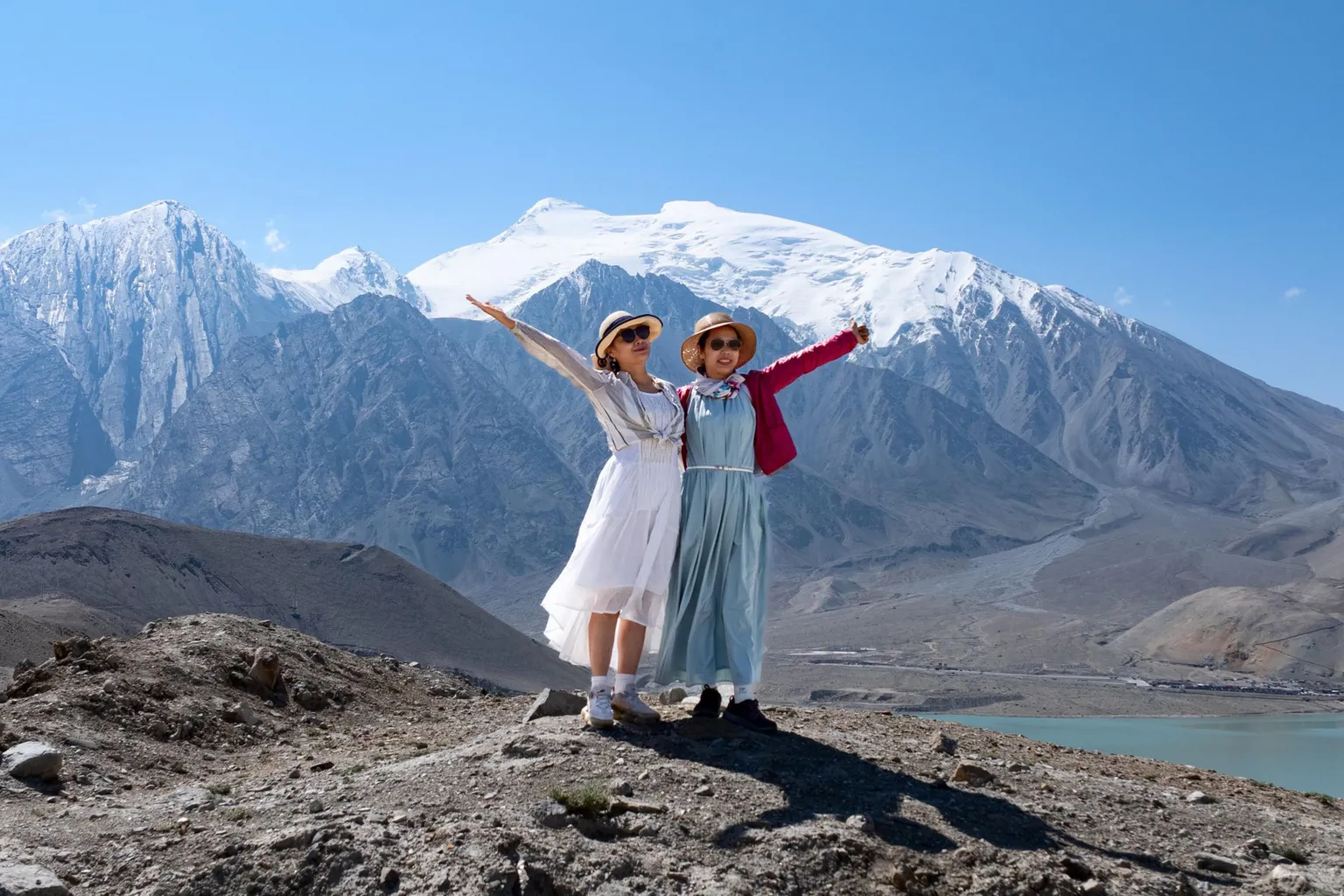In 2024, China’s vast and striking Xinjiang region welcomed around 300 million visitors — more than double the number seen just six years earlier.
When Anna first planned her trip to Xinjiang in 2015, her friends were baffled.
“They couldn’t understand why I wanted to visit a place considered one of China’s most dangerous areas back then,” said the 35-year-old Chinese traveler, who requested a pseudonym for privacy.
One friend even dropped out of the trip, stopped responding to her messages, and warned her that “her parents forbade her from going anywhere near Xinjiang.”
Anna went anyway — and returned again this June. But what she found this time surprised her.
“Xinjiang was as beautiful as I remember,” she said, “but now there are tourists everywhere — especially at the main attractions.”
For decades, Xinjiang has been a region shadowed by tension. Once marked by sporadic violence and heavy security crackdowns, it later drew global attention for allegations of mass detentions and human rights abuses against the Uyghur Muslim minority — charges Beijing has repeatedly denied.
Today, however, the Chinese government is intent on reshaping Xinjiang’s image. With billions of yuan invested in infrastructure, tourism campaigns, and state-backed media productions, it’s being recast as a land of breathtaking scenery and rich “ethnic” culture — even as critics say the very communities that define that culture face ongoing suppression.
Xinjiang’s tourism surge tells two stories: one of dazzling landscapes and cultural showcases — and another of control, loss, and the politics of image-making.







